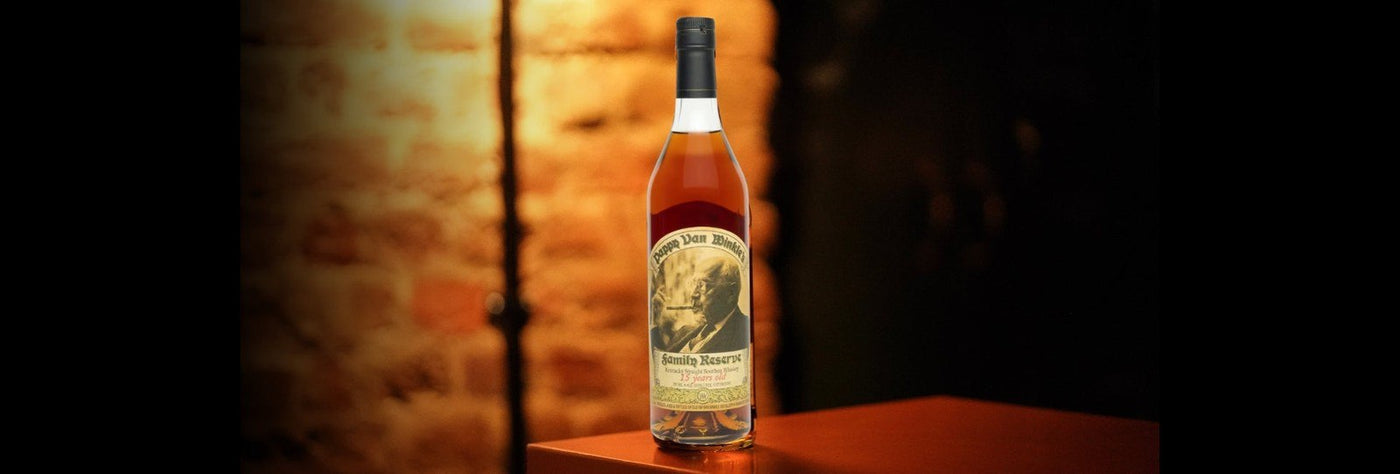What started off as a simple way for farmers to make money from their excess crops has flourished into one of the world’s most exciting drinks categories. Bourbon has a long, storied history full of resilience – and today it’s as innovative as it is delicious.
Bourbon’s roots
Bourbon is an American whiskey category which, contrary to many a misunderstanding, can be produced anywhere across the US. While its origins aren’t clearly documented, it’s widely understood that Scottish-Irish colonists brought distilling to Kentucky in the late 18th century. Fascinatingly, the word ‘bourbon’ wasn’t widely used for it until over half a century later.
Some claim that Elijah Craig, of the whiskey with the same name, was the first to age spirit in barrels in the region. Another man called Jacob Spears, who was working around the same time, is also sometimes credited. The most likely story is that many were making spirit around that time, and it collectively evolved to become what we know bourbon to be today.
The arrival of Prohibition in January 1920 changed all that. What had become a bustling industry of mostly family-owned distilleries was shuttered almost overnight. The state-wide ban on the production, distribution and sale of all alcohol decimated the sector, with just a handful able to make ‘medicinal’ whiskey. Brown-Forman, which makes Woodford Reserve, was one of them, as was Schenley, which became Buffalo Trace.
It came too late for some when Prohibition was eventually repealed in 1933. The distilleries that did reopen found it hard to compete against the group that had been allowed to remain open.
Bourbon got a boost in 1964, when it was declared a "distinctive product of the United States" by Congress, winning with it an array of agreed definitions and protections. Since then, bourbon has flourished. The advent of craft whiskey production has only added more momentum, and today thrilling bourbons can be found all the way across America.
What defines bourbon?
Despite bourbon being made in all corners of the US, Kentucky remains the geographic epicentre. Ever since 1964, bourbon has been made to a series of strict requirements and definitions overseen by US Federal Regulations. They’re designed to protect the style and character of the spirit – and they have a profound impact on flavour and drinking experience.
While some of these rules can be incredibly complicated, we’ve picked out some of the most important ones to discuss. The five areas below all have a huge impact on why bourbon tastes the way it does.
Bourbon’s mashbills are vitally important
Perhaps the most fundamental part of what defines a bourbon is its mashbill – or grain recipe that goes into it. Every single whisky has one, even if it’s 100% malted barley (looking at you, single malt Scotch). Bourbon can be made from an array of whole grains, but corn must account for at least 51% of its mashbill. Why? Corn has a really distinct, sweet taste. It comes through in all bourbons – it gives that signature vanilla ice cream note.
Interestingly, it’s the whiskey-maker’s choice when it comes to the rest of the mashbill. Some have a far higher corn percentage – other’s might dial up another grain, like rye, for example. The ratios will have a big impact on final flavour. But as long as the mashbill is made up of at least 51% corn, it’s a bourbon.
Only brand new oak is allowed
Unlike in Scotland where used casks are commonplace, bourbon must be aged in brand new oak barrels. Typically this will be an American standard barrel, which holds around 180-200 litres.
Why new barrels? Again, it’s all about protecting that signature flavour. New barrels add a very distinct character. There will be more vanilla along with baking spices and a toastiness. It’s a very different flavour profile from new oak, and it contributes stylistically to the drinking experience.
Barrels will have been toasted and/or charred prior to being filled with whiskey. This means that the spirit can interact in a better way with the oak, and has an influence on flavour, too.
Natural colour only
Another key difference when it comes to bourbon, compared to other global whisk(e)y styles, is that it must be bottled at natural colour. No E150a or caramel colouring to be seen! E150a is the technical term of the additive used in many Scotches (and others) as a colour correction tool. Used sparingly (and correctly), its essentially used to ‘tweak’ hue, rather than to suggest any additional ageing.
The lack of E150a for bourbon is all the more impressive when you consider the consistency over time of many of the high-volume brands, not just in flavour and aroma but appearance as well.
Does bourbon have age statements?
In a word, yes! But they are very different to the age statements for Scotch whisky. In the US, some bourbons are released unaged or very young. UK and EU laws don’t permit spirits aged for less than three years to be released as ‘whisky’, ‘whiskey’ or with whisky-adjacent labelling. As such, we’d never see these in the UK.
More broadly, bourbons aged for less than four years must include an age statement. For bourbons aged over four years, age statements are optional.
Like Scotch, age statements always refer to the youngest liquid in the bottle.
What is bottled-in-bond bourbon?
‘Bottled in bond’ is a term seen on some bourbon labels and it has very distinct requirements. The spirit in the bottle must have come from the same distilling season (1 January to 30 June, or 1 July to 31 December). It must be aged for at least four years in oak containers, and then bottled at at least 100 proof/50% ABV.

